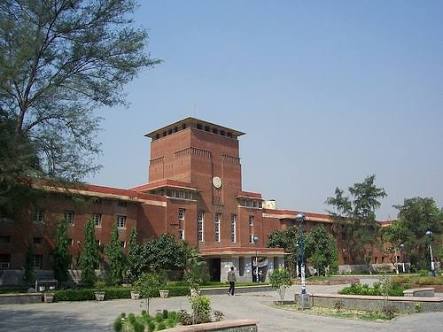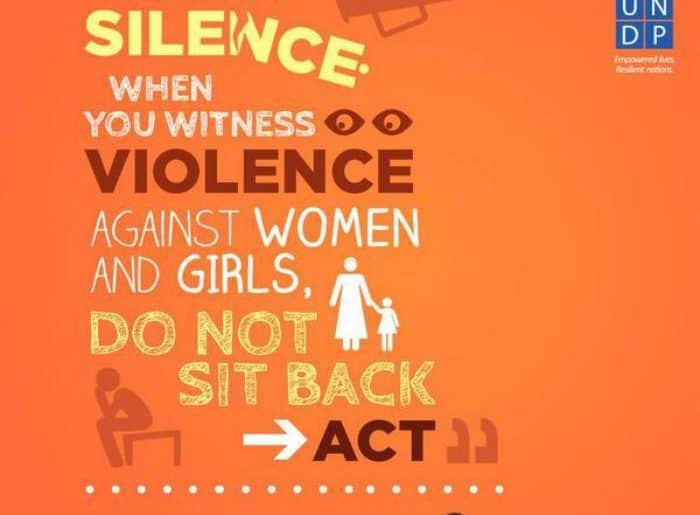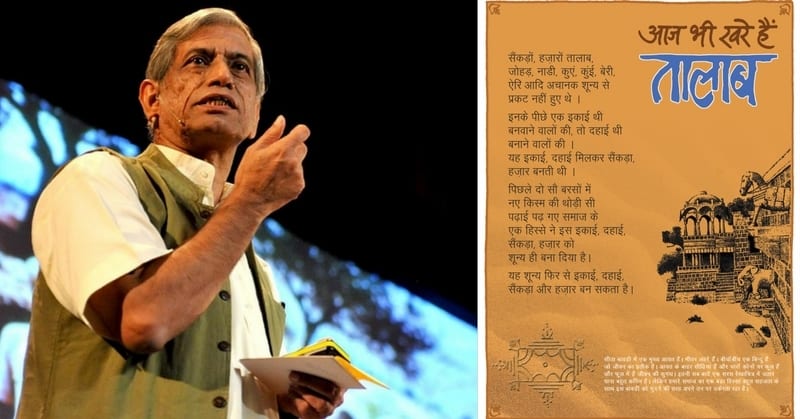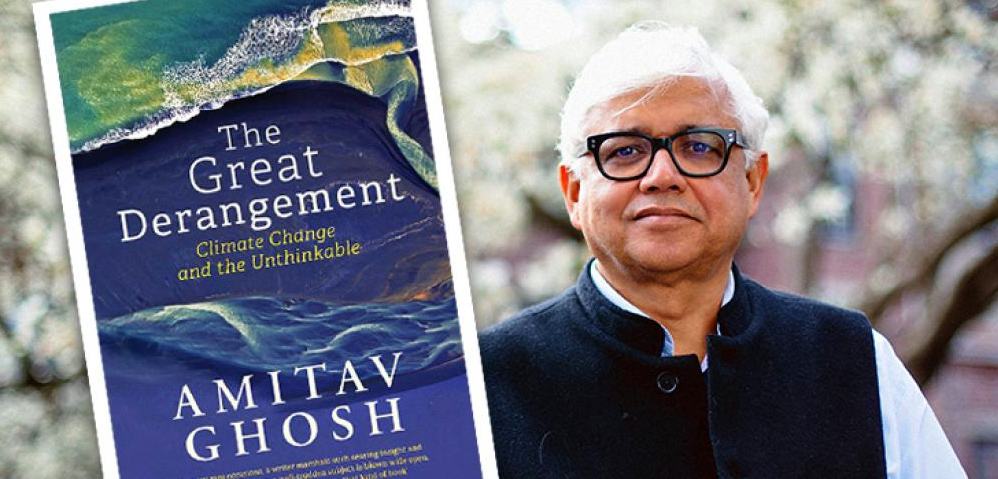As mid-semester examination are approaching, the age old tension of attendance shortage is being clearly visible on many students faces. With lots of hustle and bustle, students manage to get a high percentage to land in India’s best university but then the monster of attendance still manages to get a 100% in every educational institution.
Let’s hear what the experts have to say on this at Quora:
“This really depends on which college you’re in. Some colleges are super strict about these rules, and some are super relaxed. To give you an example of the range, I know people who’ve had no problem collecting admit cards for their exams with 4% attendance, along with people who’ve had to sign bonds for 65% attendance, just to be able to site for exams. The fluctuations happen because even though the University has a common guideline of 67% attendance, colleges end up making their individual rules for attendance requirements. Depending on how seriously your college takes this matter, the possible consequences are: Relaxed attendance rules
Go ahead and collect your admit card, without any hassles.
Moderately strict rules
You’ll have to sign a bond that says that you’ll maintain the required attendance mark in the coming semester.
Very strict rules + Very low attendance%
You’ll be debarred from the exams, and parents might be involved. This situation might incite hunger strikes and protests from the affected students in the college.”
As per 2016, sources said that more than 100 students, whose attendance was below 66.67 per cent, have been detained across all colleges in the University. While some colleges such as Deen Dayal Upadhyaya (DDU) College has detained 48 students, Dyal Singh College has detained 55 students across 15 courses. “We have detained 48 students this semester across all courses. Their continuation in the college is subject to two conditions — if they have cleared their first semester papers, then they will come back next year when the incumbent batch reaches the second semester. But if the student has not cleared his first semester papers, but has been detained in the second semester too, he will lose his seat in the college,” said SK Garg, principal, DDU College.
Now only the dates of receiving admit card will decide if medical certificates can still save the students’ careers!
Feature Image Credits: DU Beat
Naimisha














